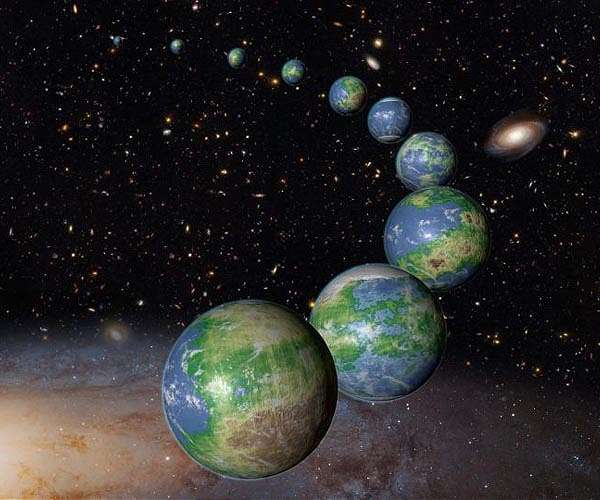
Berlin, Germany (SPX) Jun 30, 2025 — In a groundbreaking discovery, astronomers at Heidelberg University’s Königstuhl Observatory have revealed that Earth-sized planets are frequently found orbiting low-mass stars. This revelation comes from the latest data gathered by the CARMENES project, which has identified four new exoplanets, providing compelling evidence that stars with less than one-sixth the mass of our Sun often host terrestrial worlds.
The observations were conducted using the CARMENES spectrograph located at the Calar Alto Observatory in Spain. This sophisticated instrument, developed at the Königstuhl Observatory, is specifically designed to target M-dwarfs—stars that possess between one-tenth and one-half the mass of the Sun. These small stars are the most numerous in the galaxy and exhibit subtle wobbles due to the gravitational influence of orbiting planets, which CARMENES detects through radial velocity measurements.
Breakthrough Discoveries from CARMENES
Focusing on a select group of 15 M-dwarfs from a broader catalog of 2,200 stars, researchers identified four new planets. Among them, one planet has a mass approximately 14 times that of Earth and completes an orbit around its star every 3.3 years. The other three planets range from 1.03 to 1.52 Earth masses, with orbital periods between 1.43 and 5.45 days.
Statistical modeling indicates that stars with less than 0.16 solar masses typically host two planets each with masses under three times that of Earth.
Dr. Adrian Kaminski, who led the research at Heidelberg’s Centre for Astronomy, remarked, “It is quite remarkable how often small planets occur around very low-mass stars.” He further noted that larger planets are significantly less common, suggesting that low-mass stars are more likely to form smaller planets in close orbits.
The Hunt for Habitable Worlds
While no known exoplanet perfectly mirrors Earth in terms of mass, size, temperature, and stellar type, the newly discovered planets meet at least the first three criteria. Prof. Dr. Andreas Quirrenbach, the observatory’s director, explained the significance of these findings: “Small, rocky planets in the so-called habitable zone—the area around a star where water could exist in liquid form—are potential candidates for habitable worlds.”
The stability and abundance of M-dwarfs make them promising targets in the ongoing search for life-supporting environments beyond our solar system. The CARMENES project’s findings bolster the hypothesis that these stars may be key in identifying planets with conditions conducive to life.
Implications and Future Research
This development follows a growing body of research suggesting that the universe may be teeming with Earth-like planets, particularly around smaller stars. The CARMENES data not only enhances our understanding of planetary formation but also guides future explorations in the search for extraterrestrial life.
Future research will likely focus on further characterizing these newly discovered planets, examining their atmospheres, and assessing their potential habitability. The CARMENES project continues to be a pivotal tool in this quest, with its ability to detect minute planetary wobbles offering a window into the vast, unseen worlds that orbit the galaxy’s most common stars.
As astronomers continue to refine their techniques and expand their search, the possibility of discovering a truly Earth-like planet remains a tantalizing prospect. The findings from the CARMENES project underscore the importance of targeting M-dwarfs in this cosmic quest, as these stars may hold the key to unlocking the mysteries of life beyond Earth.






